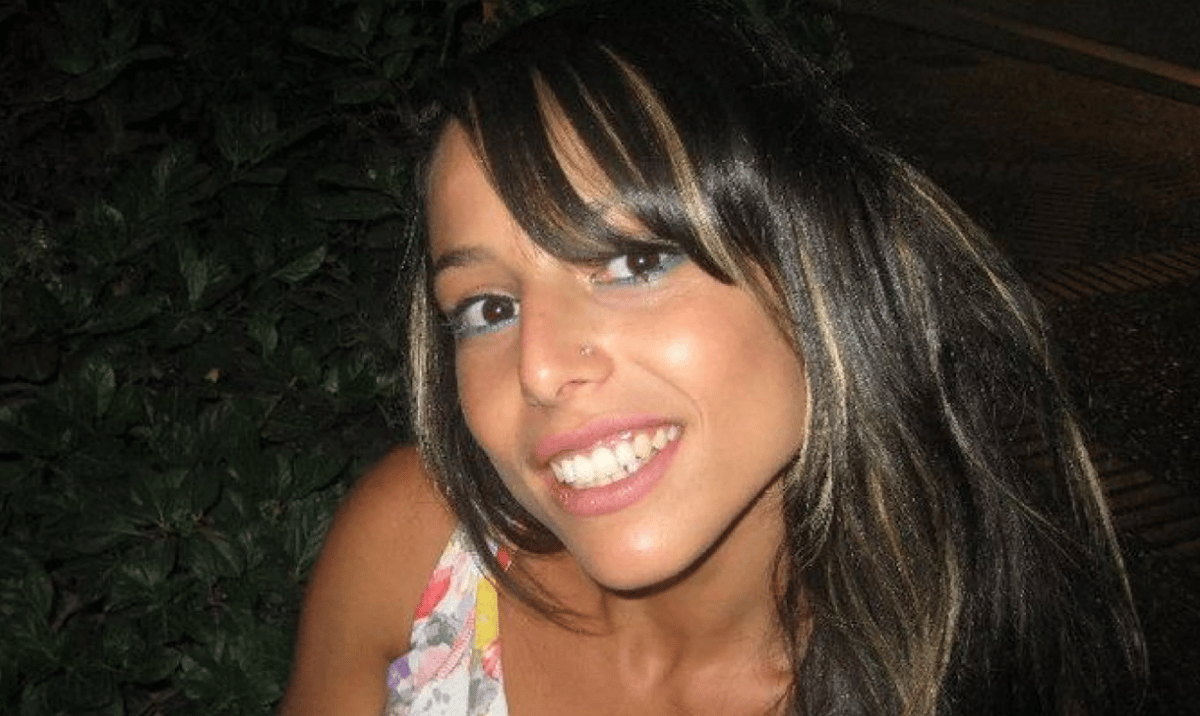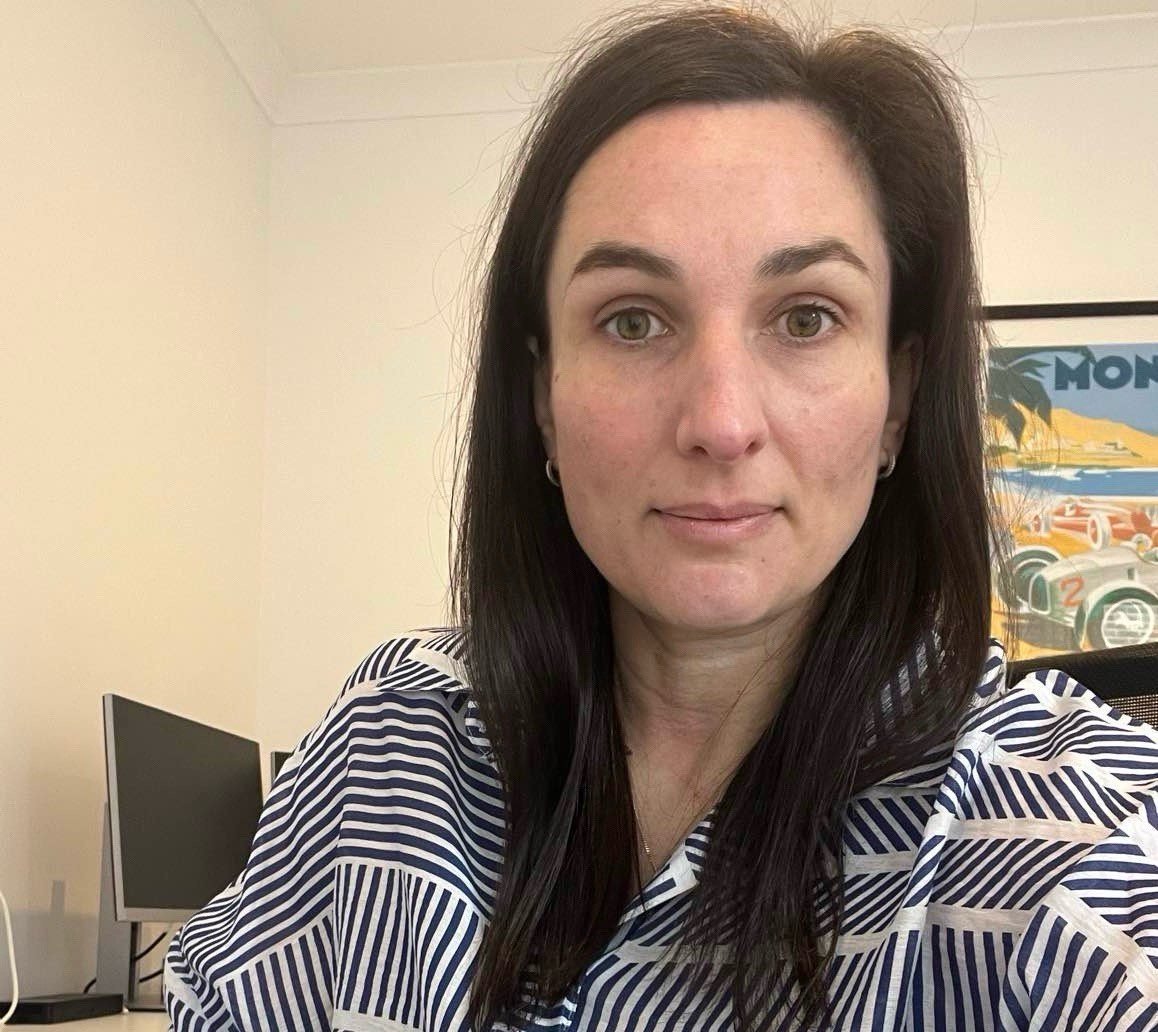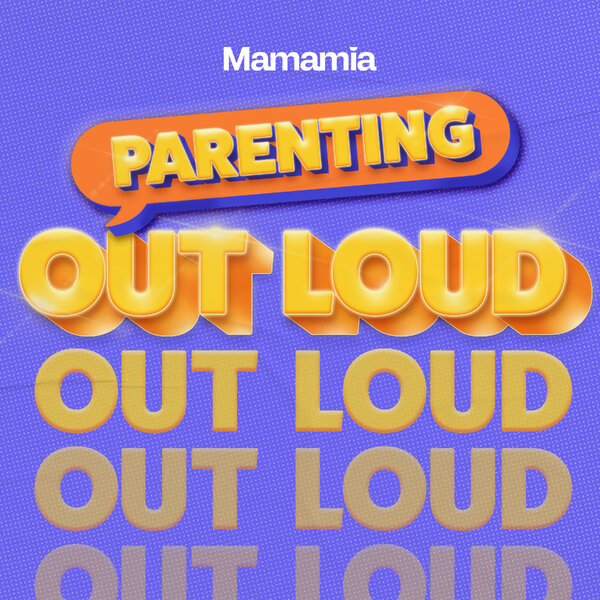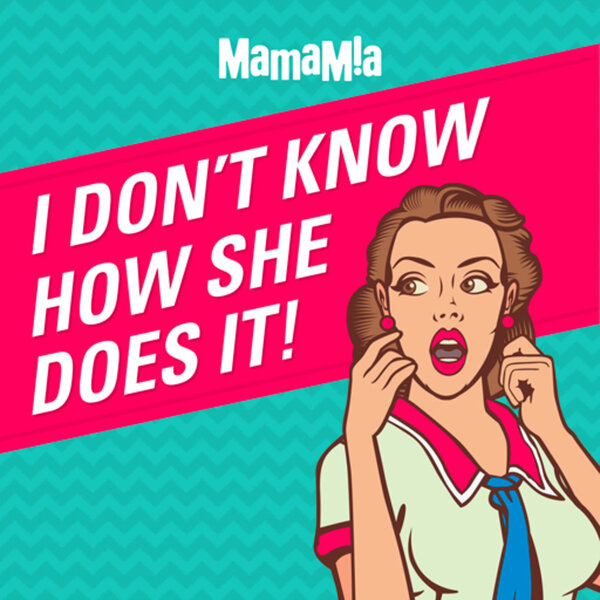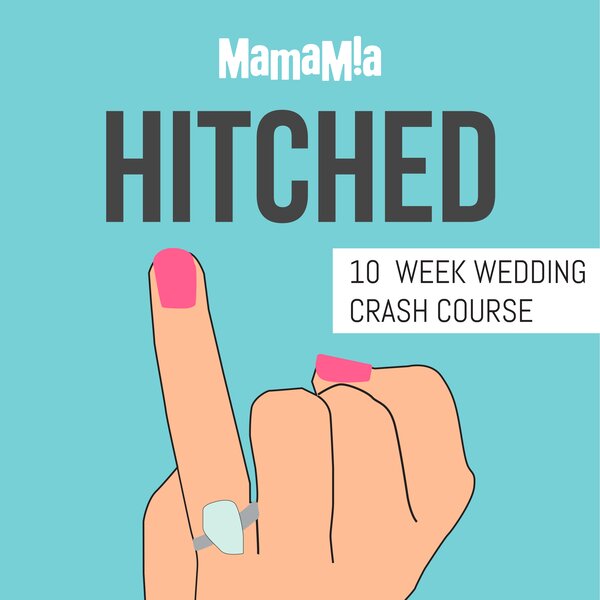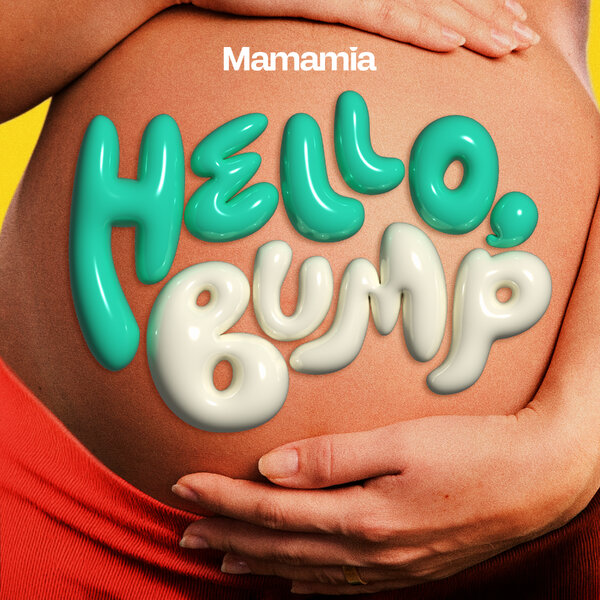
It was Christmas Eve, 2021, when podcaster and private investigator, Julia Robson received an email from Tass Stouraitis, asking her to investigate his sister's death, 13 years earlier.
Louisa Ioannidis was just 24 years old when she was found dead in a shallow creek, just 450 metres from her home. Her death was deemed an accidental drowning, though how or why she was in the creek was never determined. Aside from a two-line report in a local newspaper, the young woman's death was ignored by national media.
Now, new evidence in Louisa's death has sparked calls for the case to be reopened.
Last year, Julia's investigation Troubled Waters prompted a team of pro bono lawyers to review the case. They brought in an independent forensic pathologist to look at the autopsy results and police brief. His results solidified what Julia thought.
"I have not spoken to a single person who believes Louisa drowned of her own accord," she told ABC's Australian Story.
"There is so much to her story and there are so many inconsistencies."
Tass agrees.
"If Louisa was met with foul play, they can get to the bottom of it," Tass told Australian Story.
"I didn't believe that she just fell in the creek and drowned. I just don't buy that story."
Watch a snippet of the new Australian Story episode. Post continues below.



